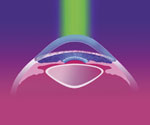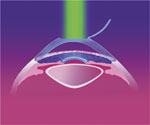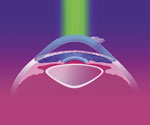
LASEK is a relatively new laser vision procedure that combines elements of PRK and LASIK and may offer some advantages over both. Instead of removing the epithelium (the thin layer of protective skin that covers the cornea) like in PRK, a flap of surface epithelium is loosened with a diluted alcohol solution and moved aside. The surface under the epithelium is then treated with the laser and the epithelial flap is returned to its original position. Using the epithelium flap as a natural protective bandage with LASEK, as opposed to completely removing the epithelium as with PRK, may improve healing and the incidence of postoperative haze.

The margin of safety with LASEK may be greater than that with LASIK as the need for a microkeratome is eliminated, so there’s no risk of flap complications.

LASEK removes tissue within the cornea to treat low to high levels of nearsightedness, farsightedness, and astigmatism.



